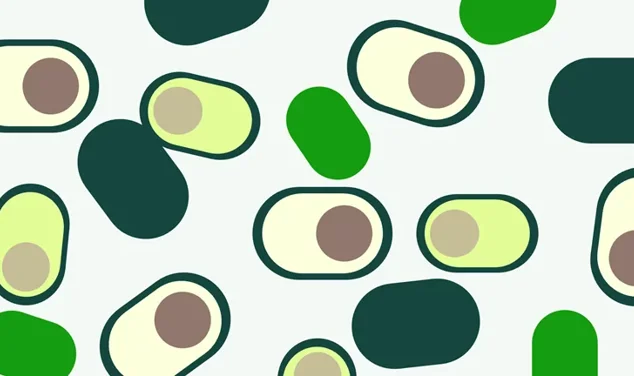Background: What are ALT texts?
An "ALT text" is a short text that can replace the image for people who cannot see. The first rule of most accessibility standards is that appropriate ALT texts are mandatory. Simple rule, right?!
When I teach digital accessibility, most students already know this rule. (Unfortunately, this is the ONLY thing some web people know about accessibility, despite it being a very broad and important topic.)
Why are ALT texts challenging?
Even though the basic requirement is simple, ALT texts can actually be quite a challenge. When we audit websites, apps and pdf documents for accessibility, ALT text failures are still common.
There are many reasons for this, including the following:
- Some editors have not understood the role of the ALT text, so they may, for example, duplicate text that is already presented next to the image, or put copyright information in the ALT text instead of a description of the image.
- Lack of support in publishing tools. Many content management systems fail to remind editors when they forget ALT texts. Or even worse: Some tools do not even have a field for image descriptions.
- Tight deadlines for editors, who cannot find the time to formulate a useful image description.
- It is not always easy to briefly describe an image. After all, some images say more than a thousand words. So you may need to put it outside of the image. This can be difficult if the page template offers no suitable place (such as an expandable area).
- It is not always easy to determine what part or aspect of an image is relevant, or even if the image has a meaning at all or is only meant for decoration. Should an ALT text describe what people look like, for example? Yes, sometimes, but it is quite a delicate task to formulate such a description wisely.
- Some sites (eg. product catalogs in e-commerce) contain thousands of images, many of which are replaced quite frequently. This makes it hard to keep up.
ALT texts can be expensive
In fact, in the Swedish government's assessment of the cost of implementing the European Accessibility Act, the production of ALT texts in e-commerce stores was by far the largest annually recurring cost, amounting to almost a billion SEK every year (almost 10.000.000 EUR). Source: SOU 2021:44 (pdf), page 582.
Can AI help?
Early this year, I explored the automatic image analysis features already present in common software such as Microsoft Office, Edge and some screen readers. For example, I asked one of these systems to describe the following photo by Anders Hellberg (cc-by-sa):

The result:




